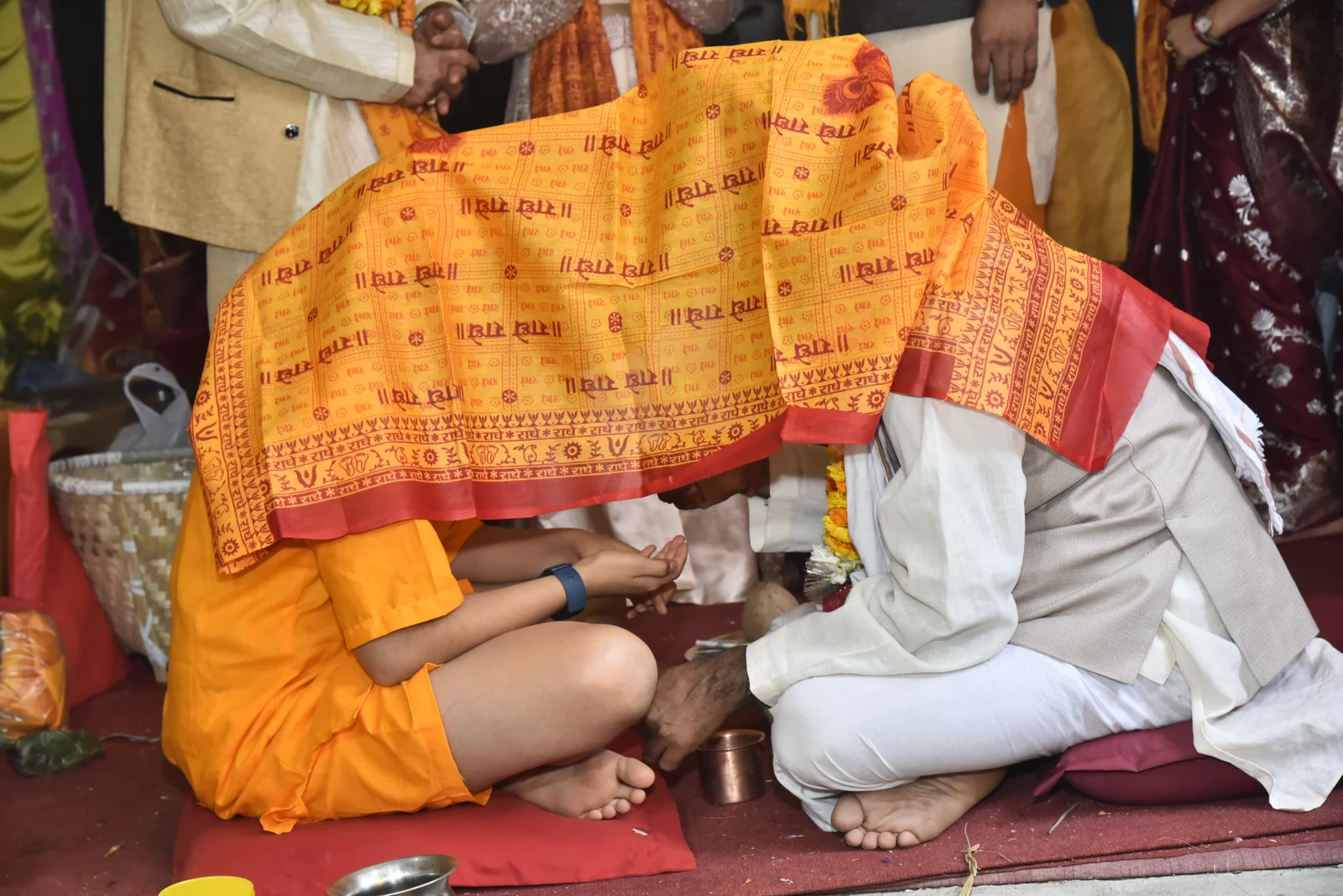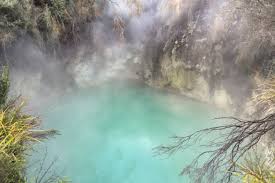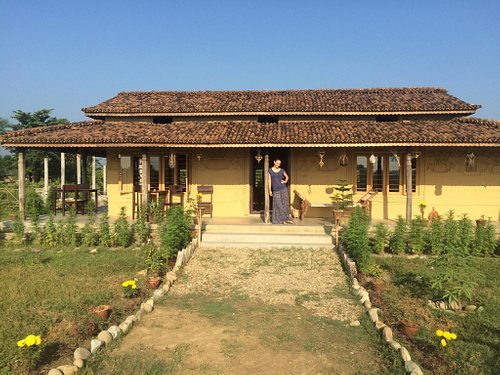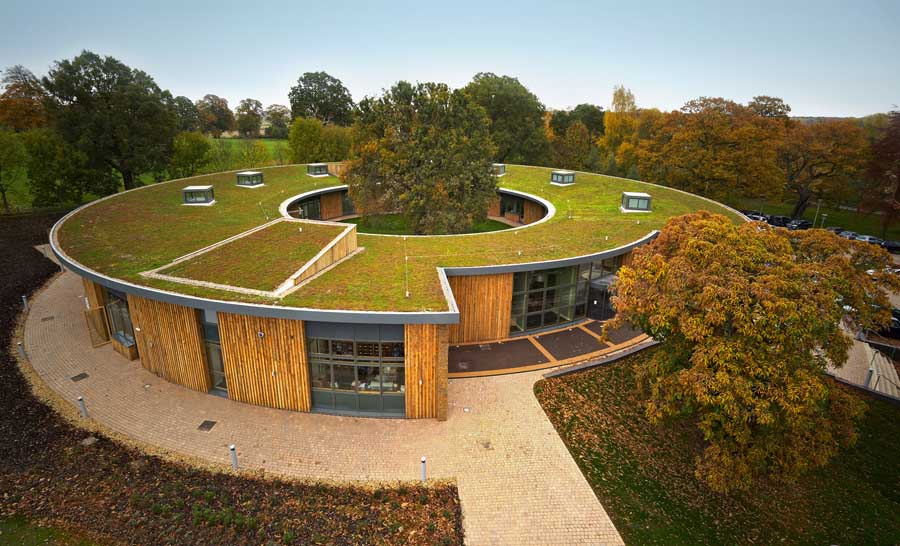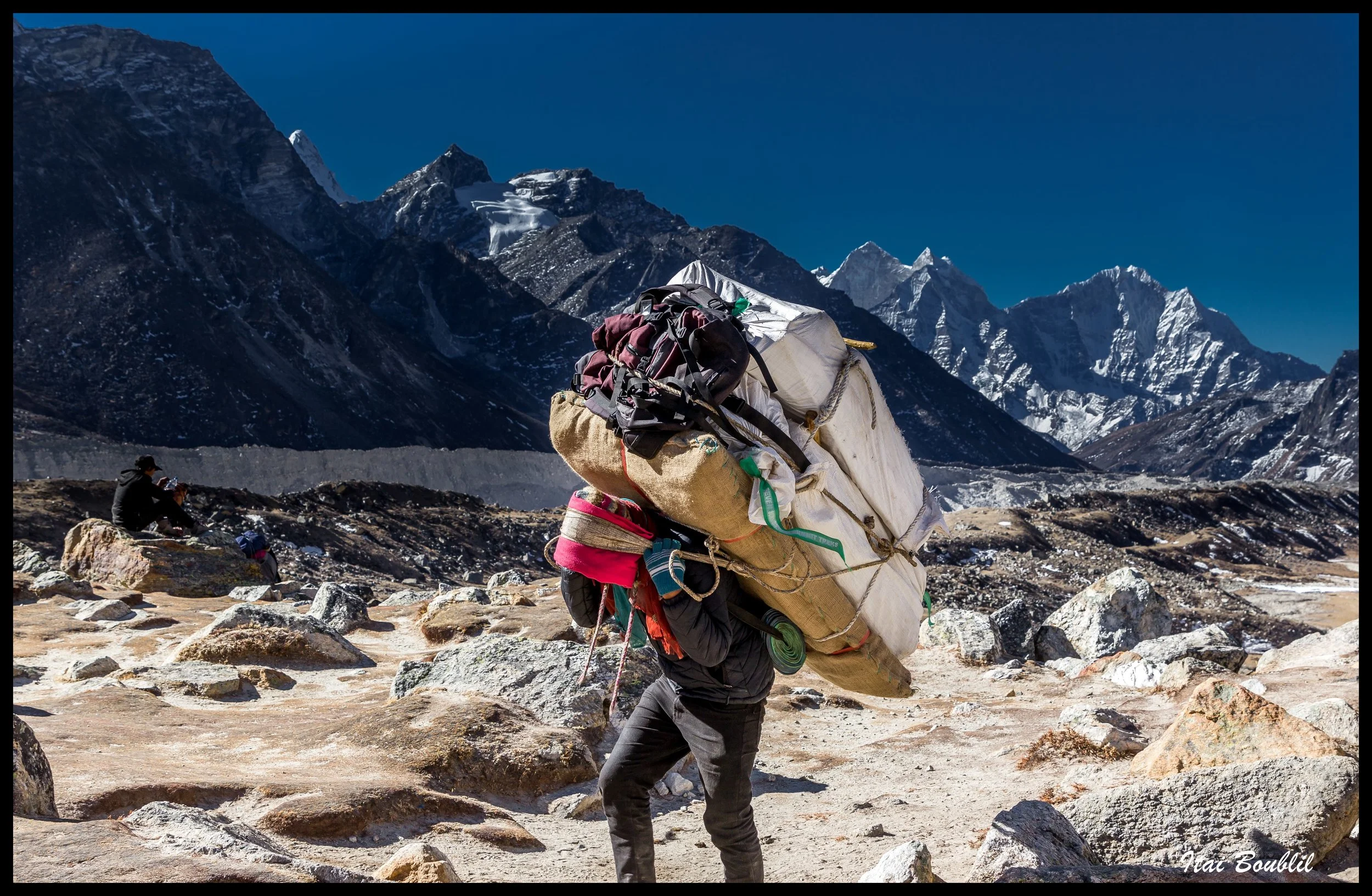Share this Article
The Forgotten Fire: Reviving the Magar Community
Introduction
Deep in the hills of central and western Nepal, where the forests thicken and old stones hum beneath moss and pine needles, there lies a sacred tradition nearly extinguished by time—the shamanic rites of the Magar people. Long before temples of brick or cities of stone, the Magars lit fires in forest clearings, whispered invocations to the ancestors, and summoned spirits through smoke and drumbeats. These rites—of healing, remembrance, and communion—were once the cornerstone of Magar spiritual life.
Today, the fire is fading. The dhami, jhankri, and bijuwa—once revered for their powers to traverse the spirit world and maintain cosmic balance—are few in number, their chants unrecorded, their rituals misunderstood or dismissed as superstition. Yet in the shadows of forgotten shrines and in the memory of the hills, something still stirs. The embers of Magar shamanic practice are not entirely cold. This article seeks to rediscover the ancient fire, to understand the rites that once bound the Magars to their land, ancestors, and unseen world—and to explore the fragile efforts being made today to keep this legacy alive.
The Magars and Their Cosmology
The Magars are one of Nepal’s oldest indigenous ethnic groups, believed to have inhabited the mid-hills and lower Himalayan zones long before Indo-Aryan and Tibetan migrations. Today, they form one of the largest Janajati populations in the country, spread across districts like Palpa, Rolpa, Rukum, Gulmi, Baglung, Myagdi, and Pyuthan.
Traditionally animistic and shamanic, the Magars believe in a layered universe inhabited by humans, nature spirits, ancestral souls, and gods. These realms interact constantly, and any disruption—be it illness, crop failure, or misfortune—is interpreted as spiritual imbalance. It is the task of the dhami (spirit-medium) and bijuwa (ancestral priest) to restore that balance.
Unlike codified religions, Magar shamanic practice was fluid, local, and oral. Rituals varied from village to village, lineage to lineage. But common to all was the central role of the sacred fire and smoke—the mediums through which ancestors were called, spirits fed, and diseases exorcised.
Fire and Smoke: The Sacred Medium
Among the Magars, fire was more than physical warmth—it was a portal. The hearth was a shrine, the smoke a message. Ritual fires (aggini) were lit with specific woods: uttis (alder), salla (pine), and paiyun (wild cherry), each chosen for its spiritual resonance. The smoke that rose from offerings—grains, rice, ghee, meat, and sacred herbs like titepati (Artemisia)—was believed to nourish ancestors and carry prayers to the unseen.
This smoke served several sacred functions:
- Purification: Homes, bodies, and ritual grounds were cleansed with wafting smoke.
- Invocation: Spirits were summoned through the fire’s breath—spoken names sent skyward.
- Protection: Smoke marked sacred boundaries during healing or trance rites.
- Possession and Speech: In trance, a dhami would inhale the smoke and become the voice of an ancestor or deity.
The fire was always circled anti-clockwise, symbolizing a return to origin. When performing the kul puja—ancestral rites—the bijuwa would carefully trace the family lineage, name the spirits, and offer cooked rice and raksi (homemade liquor) into the flames. In this moment, the dead were present, fed, and honored.
The Shamans: Dhami, Jhankri, and Bijuwa
Shamanic roles in Magar society were varied, each with specific powers and responsibilities.
Dhami
- Often entered trance states to communicate with deities or spirits.
- Diagnosed causes of illness or misfortune by observing animal behavior or dreams.
- Conducted seasonal rites to ensure harmony between village and nature.
Jhankri
- A healer and spiritual warrior.
- Used ritual instruments like the dhyangro (frame drum), bells, and feathered headgear.
- Fought off evil spirits (bhut, bokshi, or kecchari) that afflicted individuals or livestock.
Bijuwa
- Specialized in ancestral rites.
- Maintained oral genealogies and ritual calendars.
- Officiated kul pujas, death rituals, and life-cycle ceremonies.
These roles were often hereditary, passed from father to son or uncle to nephew. Initiation involved dreams, illness, visions in the forest, or direct possession—signs that a spirit had chosen the individual for this sacred work.
Ancestral Rites: The Kul Puja and Beyond
Central to Magar spirituality is the belief that ancestors do not disappear—they remain close, watching, guiding, and, if neglected, punishing. Honoring them is both a duty and a necessity.
Kul Puja (Clan Ancestor Worship)
- Performed annually or during major transitions: births, marriages, house construction.
- Involves offerings of boiled rice, eggs, raksi, chicken, and sometimes blood sacrifices.
- Names of deceased ancestors are recited in precise order to invite their presence.
- Fire and smoke are used to “open the way” and serve the meal to the dead.
Failure to conduct kul puja was believed to invite misfortune—illness, accidents, and spiritual restlessness.
Death and Rebirth
- Death was not the end but a journey through pachhyo lok—the afterworld.
- The bijuwa helped guide the soul through rituals like pitri karma and panche batti (five lamp ceremony).
- Rebirth was both feared and celebrated; sometimes, infants were named after deceased kin believed to have returned.
The Drumbeat and the Trance
The heart of many Magar shamanic rites is the dhyangro, a frame drum struck in rhythmic patterns to summon spirits or induce trance. Each beat was a step into the invisible. The jhankri would begin slow, eyes fixed on the fire. As the beat quickened and incense thickened, the world around would blur. When the spirit entered, the jhankri’s voice would change, face contort, and movements shift into a divine presence.
In trance, the jhankri might:
- Diagnose illnesses caused by spirit possession.
- Identify curses or witchcraft.
- Retrieve lost soul fragments (la) of the afflicted.
- Recite myths or chants as the voice of gods or ancestors.
Witnesses often wept, trembled, or joined in ecstatic song. For them, this was not performance but divine encounter—a moment when the world opened.
Sacred Landscapes and Spirit Geography
For the Magars, certain places were charged with spirit energy—natural temples of power. These included:
- Forest Clearings (ban khel): Where initiations and healing rites were conducted.
- Hilltop Shrines (deurali): Offerings made before travel or harvesting.
- Waterfalls and Springs (jhari, mul): Home to jhyangri spirits—some benevolent, others dangerous.
- Old Trees (bar, pipal, chilaune): Believed to house ancestral or guardian spirits.
These places were maintained with respect. To build near them, cut trees, or bathe during certain lunar phases was forbidden without permission from a dhami or bijuwa. With modernization, many of these places are now roadsides or farmland. The spirits remain, but few remember how to speak with them.
Decline and Disappearance
The decline of Magar shamanic rites has been rapid in recent decades, driven by multiple factors:
Conversion and Religious Pressure
- Christian missionary activity in hill districts has led many Magar families to abandon ancestral rituals.
- New faiths discourage what they consider “idol worship” or “witchcraft.”
Modern Education and Migration
- Children grow up in boarding schools or cities, disconnected from their village traditions.
- Young Magars increasingly see dhami-jhankri practices as backward or shameful.
Loss of Ritual Knowledge
- Oral transmission has broken down. Chants are forgotten, lineage trees incomplete.
- Many elders died during the Maoist conflict without passing on knowledge.
Tourism and Misrepresentation
- Some shamans are hired to “perform” rituals for trekkers—diluting the sacred into spectacle.
- Authentic practices are confused with stereotyped Himalayan shamanism or Tibetan Tantric displays.
Flickers of Revival
Amidst the loss, there are sparks of revival—initiatives by local communities, scholars, and cultural activists to protect what remains.
Documentation and Archives
- Efforts are underway to record kul puja chants, drum rhythms, and ritual instructions.
- Ethnomusicologists and anthropologists from Nepal and abroad are partnering with Magar elders.
Youth Workshops
- Some NGOs run youth heritage programs in Palpa and Rukum, reintroducing shamanic history.
- Young Magars are learning to map sacred sites and interview elders.
Ancestral Festivals
- Villages have begun celebrating annual kul mela (clan festivals) with ritual drama, story reenactments, and ancestral offerings.
- These gatherings bring migrants back and re-establish lost ties.
Community Shaman Schools
- In Rolpa, small informal training circles have emerged, led by aging bijuwas.
- These teach not only rituals but also ethics, cosmology, and the role of the shaman as healer and protector.
Conclusion: Lighting the Fire Again
The fire that once burned bright in the sacred clearings of the Magars may have dimmed, but it has not gone out. In every remembered chant, every faded stone shrine, every child who listens to their grandfather speak of the spirits in the trees—there remains a spark. To revive the Magar shamanic tradition is not about nostalgia. It is about restoring a balance between humans and the land, memory and identity, life and the beyond.
The forgotten fire is waiting—not for rediscovery by outsiders, but for reawakening from within. And if the smoke once again rises through the forest canopy, carrying prayers to the unseen, then the ancestors may yet return, and the mountains may once more speak.
Shamanic Smoke and Ancestral Rites”
Categories:
Travel & Tourism
,
Culture & Traditions
,
Adventure Activities
,
Nature & Wildlife
,
History & Heritage
,
Lifestyle & Local Life
,
Health & Wellness
Tags:
asdasd
,
Thamel
,
nagi gumba
,
sundarijal
,
dashain
,
festival of nepal
,
bada dashain
,
traditional food



